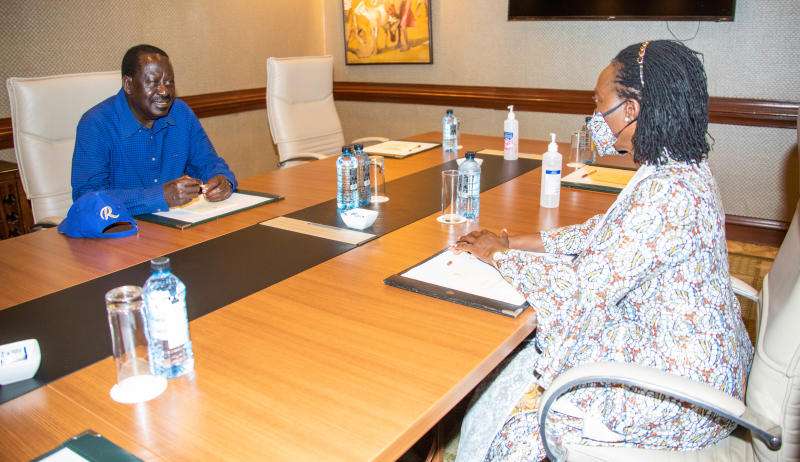A flagship farming initiative to combat poverty and ensure food security in eleven Kenyan counties is at risk of failing, according to a recent Auditor General’s report. Launched in 2016, the Small-Scale Irrigation and Value Addition Project (SIVAP) aimed to boost agricultural productivity in Kitui, Makueni, Machakos, Tana River, Bomet, Meru, Tharaka-Nithi, Nyandarua, Murang’a, Kajiado, and Nyeri counties. Funded by $69.5 million (approximately Ksh 6.83 billion) in grants and loans, the project was originally set to conclude in 2022 but received extensions to 2023 and 2025.
A September 2024 audit found that 35% of loan funds remain unutilized, with many activities incomplete. Field inspections showed projects lagging behind schedule, and the Auditor General warned that delays and slow fund absorption could prevent SIVAP from achieving its goals by June 2025.
Contract management issues further hindered progress. Of 17 civil works contracts worth Ksh 391 million, Ksh 263 million was disbursed by mid-2024, but several contracts were terminated or abandoned, stalling delivery.
The Rubiru Irrigation Scheme in Murang’a County, awarded in January 2022 for Ksh 538 million, highlights these challenges. Despite a one-year completion target and extensions to June 2023, it was only 80% complete by September 2024. Management blamed delays on acquiring Wayleave for water pipe installation, but the audit revealed that Wayleave requests were submitted after the contract period ended, with no follow-up evidence.
Concerns also emerged over non-financial assets. Of Ksh 606 million allocated for asset acquisition, Ksh 48 million was spent on honey refineries across beneficiary counties. However, August 2024 inspections found none of the sampled refineries operational or equipped, raising doubts about value for money.
With just over a year until the project’s final deadline, these findings question SIVAP’s ability to uplift thousands of smallholder farmers in Kenya’s arid and semi-arid regions.





